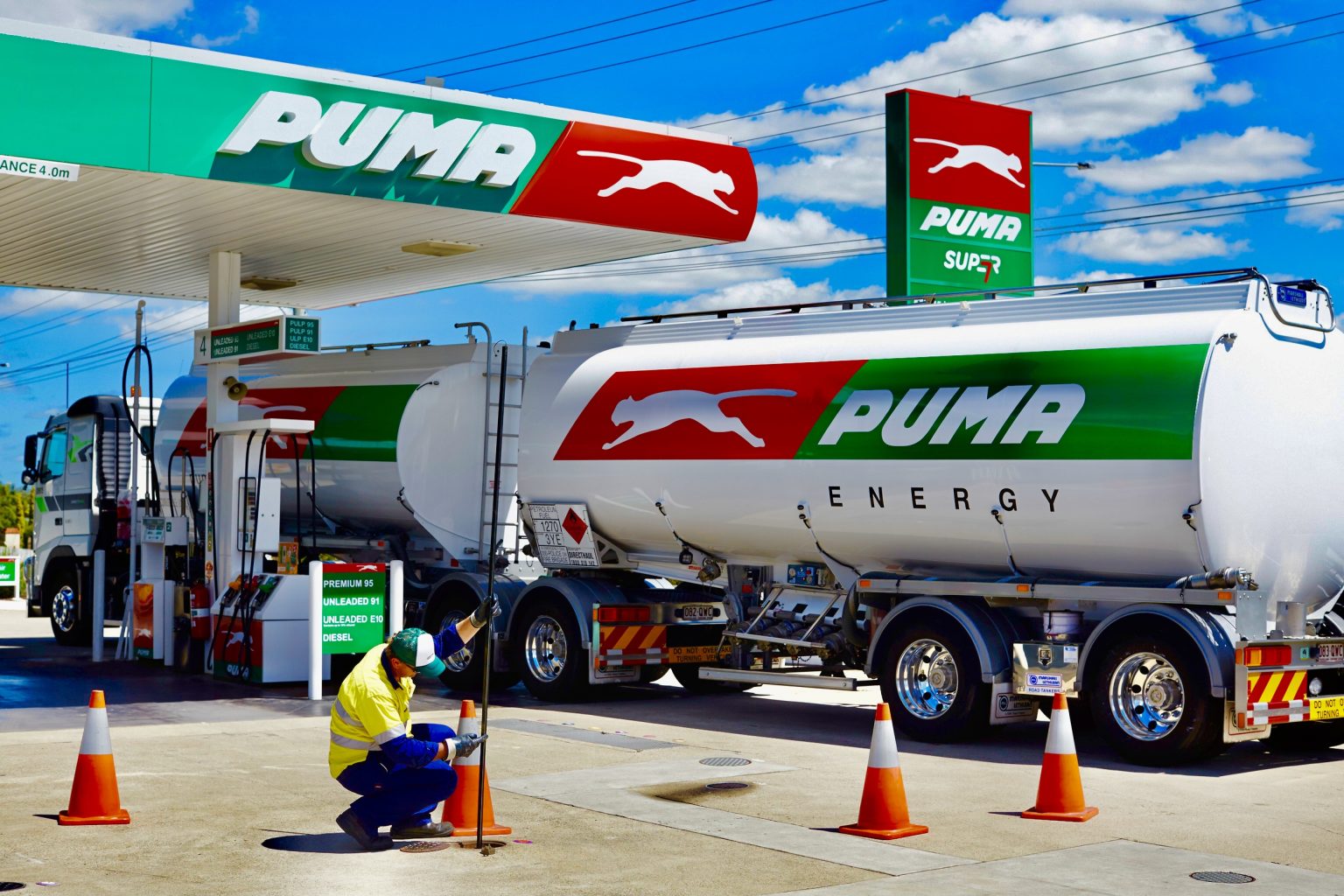The last week of every month in Africa’s second largest red metal producer is petroleum energy o’clock. The energy regulation board will this week be expected to announce the ruling petroleum prices for the month of October. With a month riddled with oil market jitters following Russia and Saudi Arabia’s OPEC+ action to extend supply to year end and most recently an announcement by the Kremlin to ban gasoline and diesel temporarily, global crude markets saw international Brent and West Texas Intermediate (WTI) futures flirt with highs of $95 and $90 a barrel respectively in the last trading sessions.
Much as geopolitics cannot be overruled, an assertion made by some global political analysts, as a retaliation for the sanctions slapped on Russia for provoking war with Ukraine, the Kremlin say the action to suspended exports is to manage a fuel price situation within the economy of the second largest crude producer. Oil producing nations have been in the interim supporting crude prices to assist with managing fiscal budgets in a world with frail demand as post pandemic growth remains rocky as forecast with the World Economic Forum. Observed in the month of September is that oil inventories across the giants has plummeted as such supporting the rising prices in the period.
Africa’s red metal hotspot is in the labyrinth of a debt restructure and grapples with a weak export position that has kept its authorities awake in search of intervention initiatives to hedge its foreign exchange reserves from likely erosion. The Southern African nation looks to an ethanol blending solution as an immediate medium term solution in tandem with supply chain structural interventions in the long term to cushion shocks of crude price volatility.
At the current pace, taking into account the losing streak the copper currency, the Kwacha has been on in the last weeks, reverberating between K20.8 and K21.2 for a unit of dollar, nearing $100 per barrel, strongly supports the fundamental quantitative assertion that a 12.07% minimum average spike in pump prices is likely. The week could see the energy regulator announcing K32.97 a liter fuel.
“The rate could be higher than K32.97 a liter factoring supply chain factors such as processing and logistics which have been the key driving factors in the last 6 price adjustments, Munyumba Mutwale Financial Analyst and ZATU Financial Advisors said. Higher fuel and especially cement the case for elevated inflation which does exacerbate the rising price pressures the copper producing nation faces. This lines up with our expectation that inflation will be within the 11% to 13% range by December and into 2024, Mutwale said.
“We caution citizens from expecting dramatic fuel price reductions, Energy Regulations Board Chairman Reynolds Bowa said in a press briefing on state television. This was in response to the global energy woes.
Zambia’s private sector pulse is expected to be in contraction on the account of rising input prices fueled by higher petroleum costs. August purchasing managers index readings headlined 49.2 below the 50 benchmark of expansion and contraction. Some persistent themes have been lack of money, input inflation and currency weakness.
And Zanaco Chief Risk Officer Mutisunge Zulu warned that should inflation remain untamable, the central bank could scale the benchmark interest rate higher in the November sitting. “Inflation is still a head ache globally, and a fuel crisis sparked by Russia’s action could force interest rates higher and constrain global growth even further,” he said. Zulu further warns that higher crude prices could drive agriculture input prices higher if not tamed.
Executive Head Trading at Opportunik Global Fund Dean Onyambu said market optimism about the prospects of a soft landing appears to be excessive and misaligned with the potential for further upside in international oil prices. A substantial correction could emerge between 4Q23 and 1H24, pressuring commodities like copper which directly affects Zambia’s mining tax revenues. This period could potentially trigger a risk-off shift, leading to portfolio outflows from emerging and frontier markets.
Zambia faces strain due to ongoing memorandum of understanding negotiations with creditors amidst a weakening external position metrics such as forex reserves and mining tax revenues. The latter’s vulnerabilities are predominantly due to prevailing production limitations which may be further impacted by El Niño. This potentially underpins sustained Kwacha fragility against the U.S. Dollar. Technically, 21.425 is a key psychological level, and breaking that level will encourage a target of the Jul 2021 all-time high of 22.670. Considering the potential for a downturn in the global risk environment has intensified, concluding the MOU processes has become increasingly critical, Onyambu said.
The Kwacha Arbitrageur

